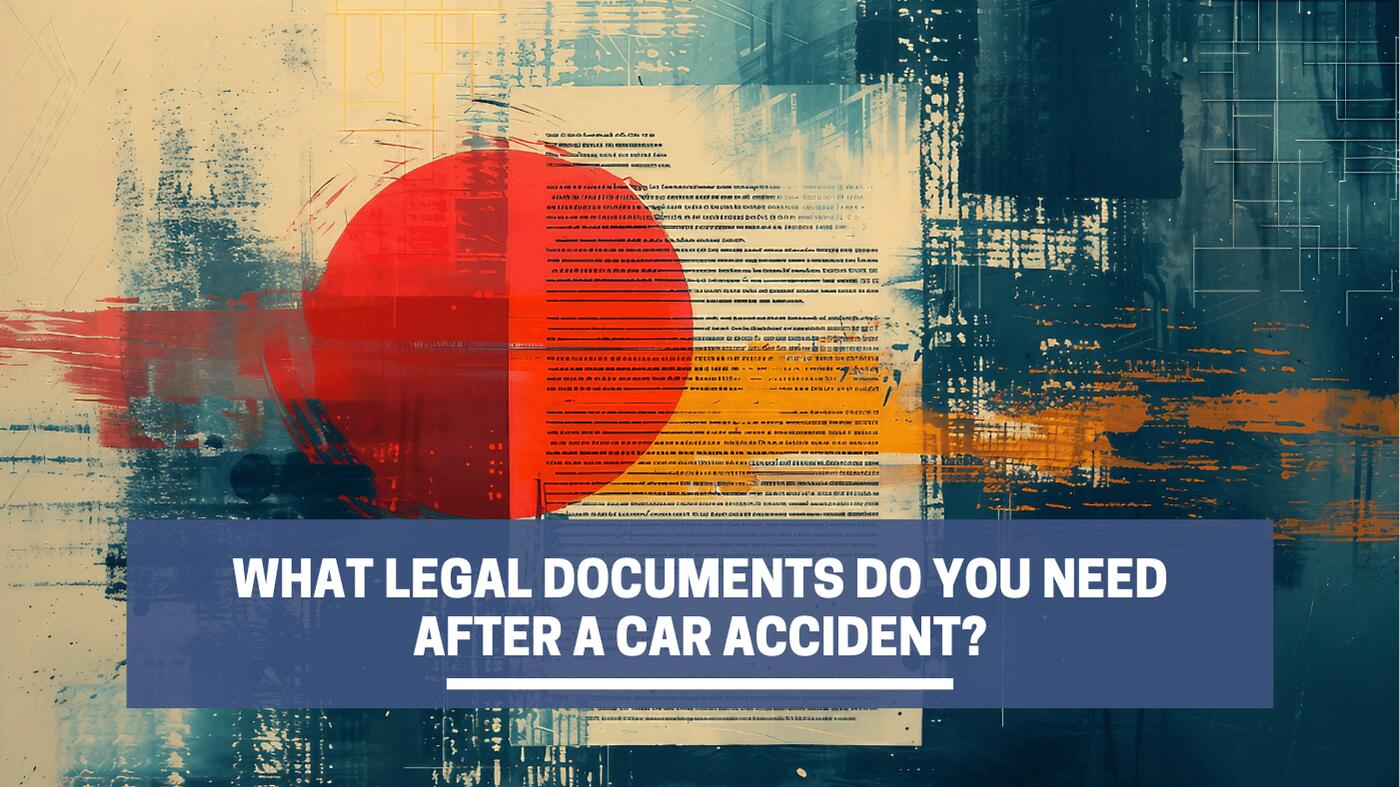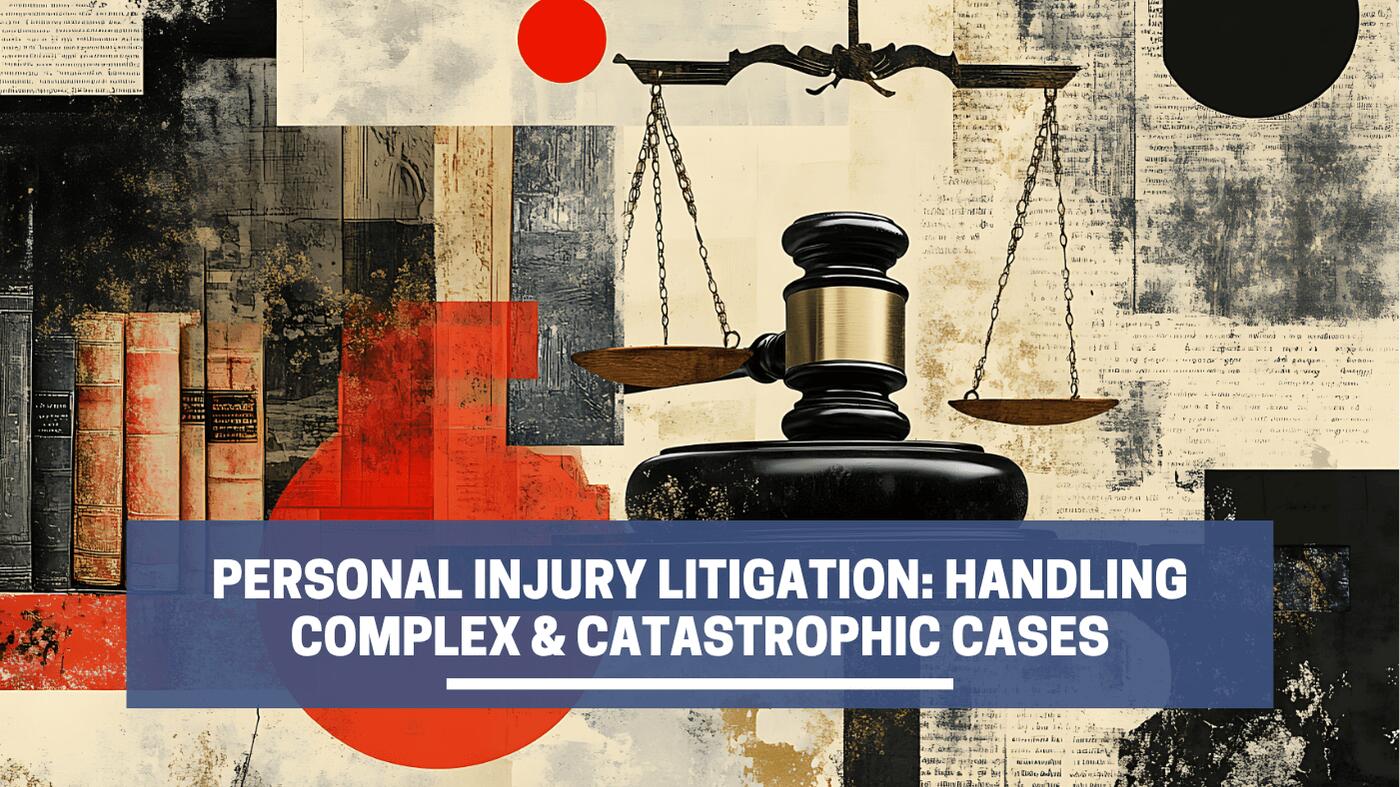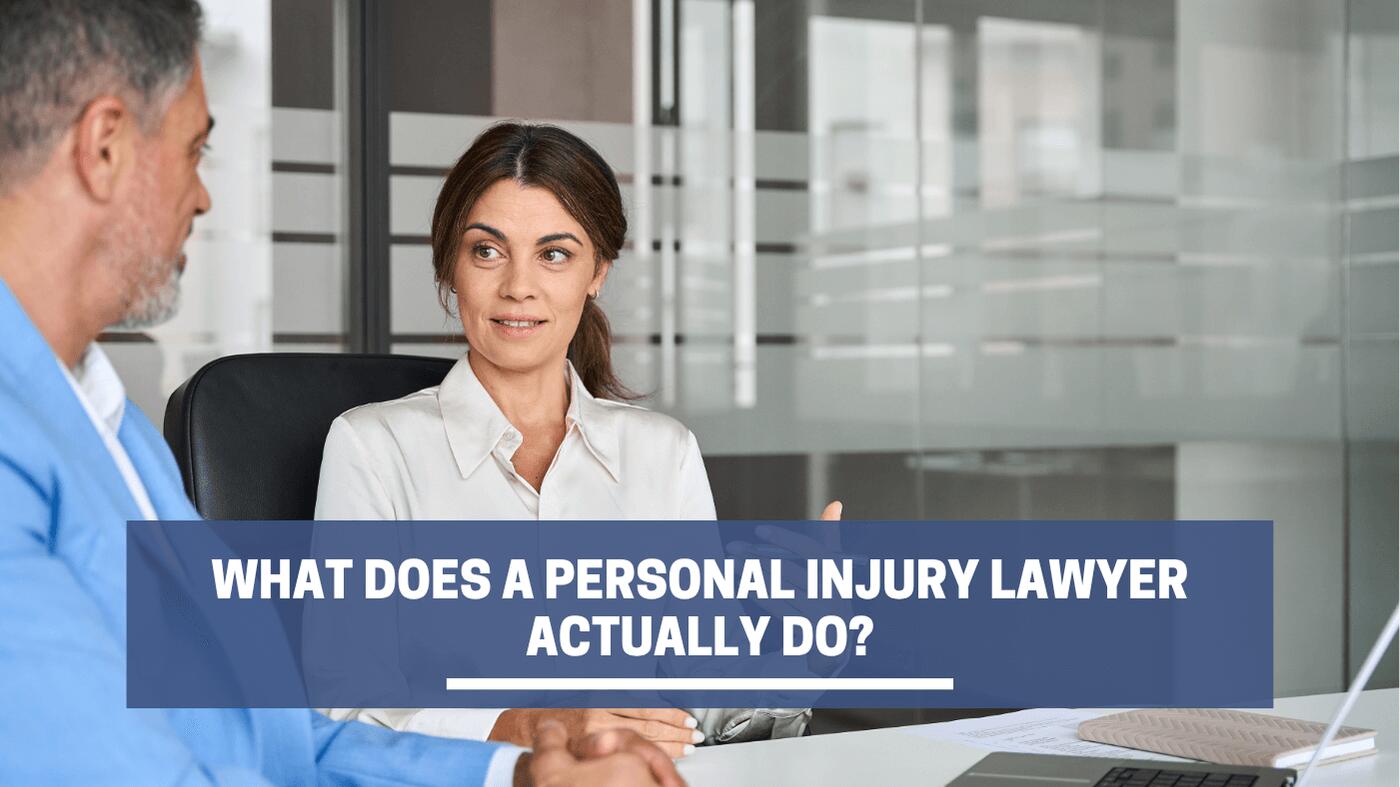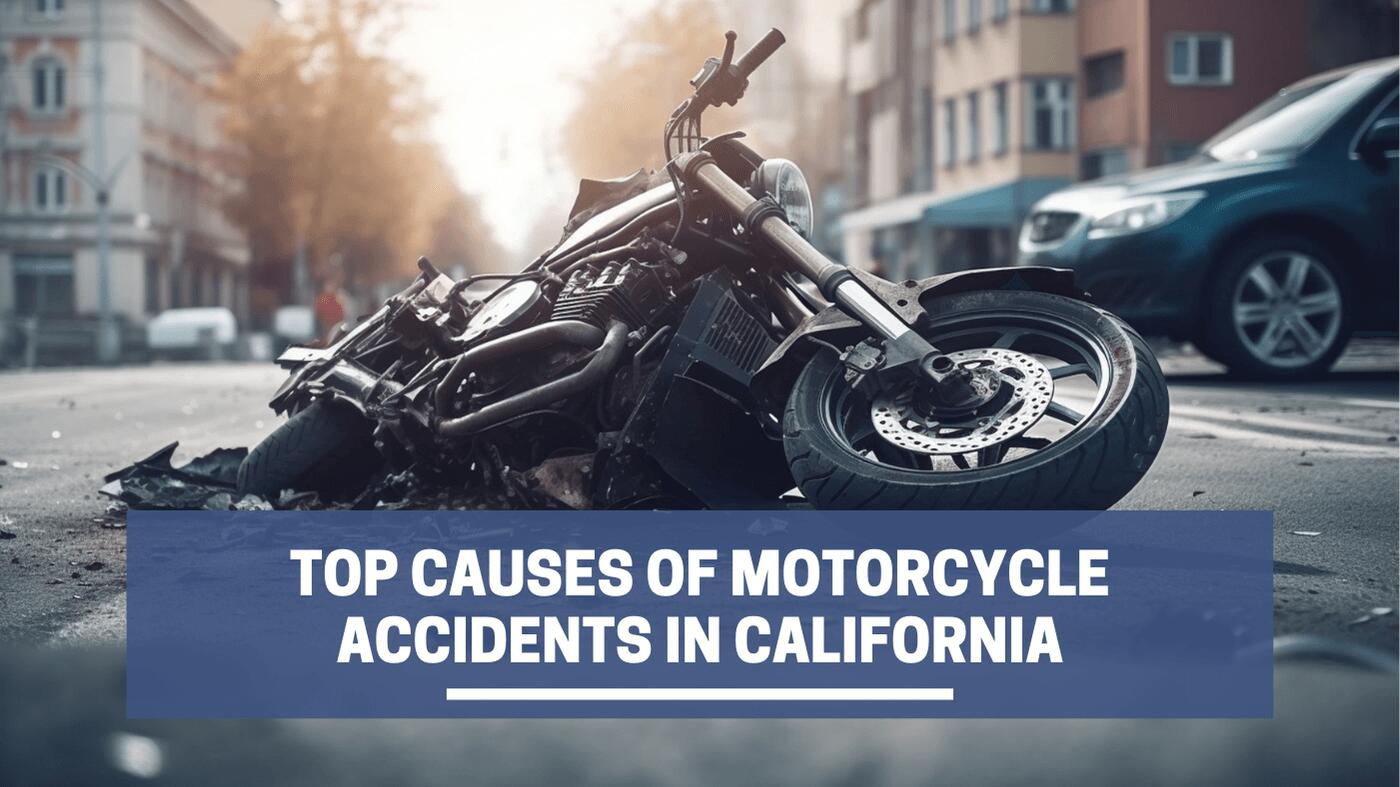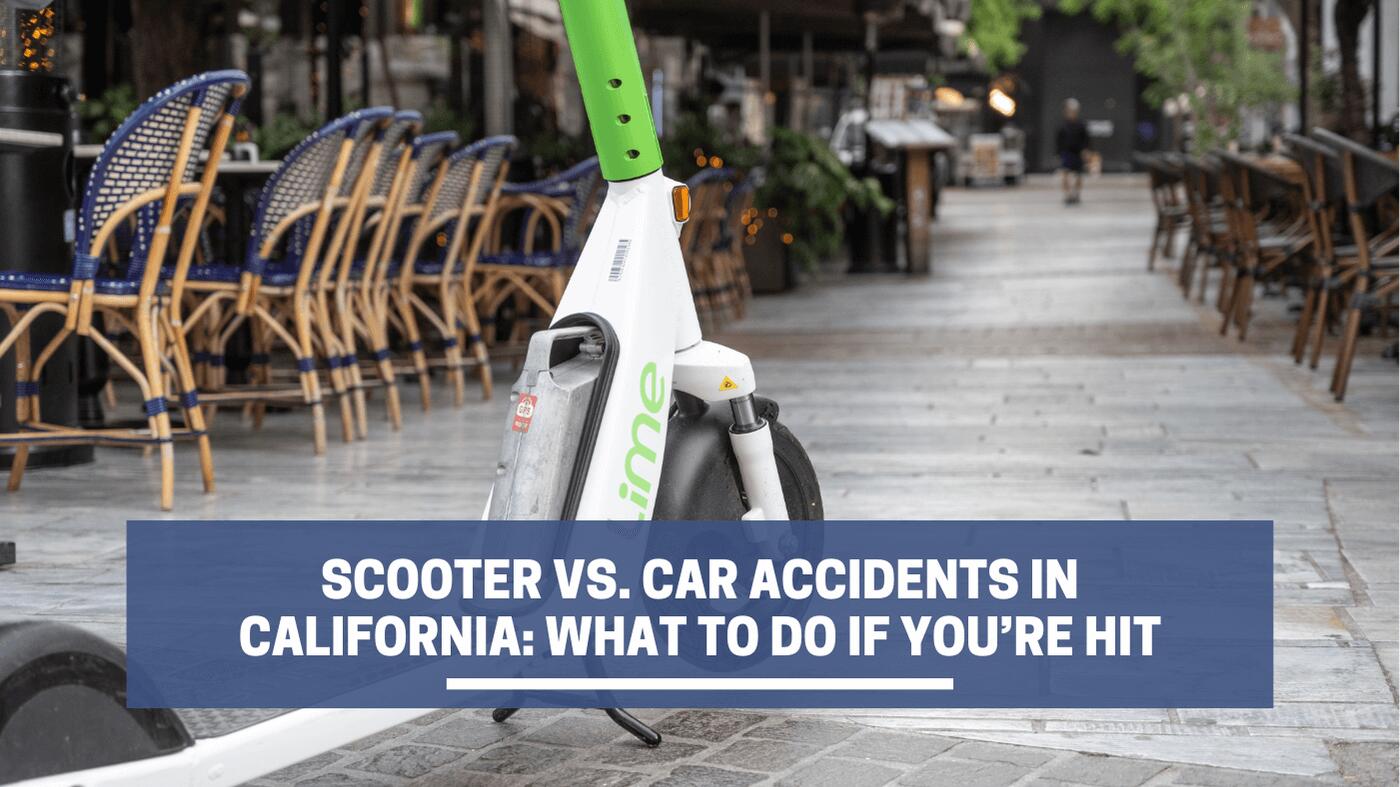Los accidentes automovilísticos son muy comunes en California, con un promedio de 161,728 se estrella anualmente. Cuando otro conductor provoca un accidente, puede presentar un reclamo contra ellos en California. Pero para agilizar el proceso y recibir un acuerdo justo, necesitarás la documentación adecuada.
Descubra qué documentos reunir después de un accidente automovilístico y cómo su abogado de lesiones personales Los usaremos para probar su reclamo y obtener la compensación que se merece..
1. Informe de accidente
Después de un accidente automovilístico en California, Una de las primeras cosas que necesitará es el informe de accidente para su reclamo de seguro.. Esto podría incluir el Informe de colisión de tráfico (Formulario SR-1), qué conductores completan y enviar al DMV después de un accidente con lesiones, muerte, o $1,000 en daños a la propiedad. También necesitarás el Informe de colisión de CHP, que los agentes suelen completar en el lugar del accidente.
Estos documentos contienen información útil para su reclamo., incluso:
- Identidades de todas las partes involucradas
- Descripciones detalladas de vehículos.
- Lugar y hora del accidente.
- Diagramas y fotografías de la escena.
- Declaraciones de testigos e información de contacto.
- Evaluaciones de daños a la propiedad.
- Infracciones de tránsito notadas o signos de deterioro
- Condiciones climáticas y de la carretera en ese momento.
Para obtener una copia del SR-1, visite el sitio web del DMV de California o comuníquese con su oficina local del DMV. Para el informe de colisión de CHP, llenar Formulario CHP 190 para solicitar una copia de la oficina de la Patrulla de Caminos de California que manejó su accidente. Si no estás seguro de cómo proceder, su abogado puede guiarlo a través del proceso.
2. Formulario de reclamación de seguro
Después reportar el accidente al DMV, Comuníquese con su compañía de seguros de automóvil para comenzar el proceso de reclamo.. Es una buena idea compartir el formulario SR-1 y cualquier otra documentación relevante., como informes policiales o fotografías de la escena. Si no está seguro de lo que se necesita, una consulta rápida con su abogado puede ayudar a garantizar que haya cubierto todo.
La compañía de seguros debe comunicarse con usted. dentro de 15 dias e investiga tu caso. Podrán solicitar una declaración escrita o grabada sobre el accidente..
Solicite una copia del informe inicial y las estimaciones del ajustador para reparaciones y daños.. Mantenga estos documentos y copias de cualquier correspondencia con su aseguradora como parte de sus registros..
3. Formulario de autorización médica
En casos de accidentes automovilísticos, Las lesiones a menudo generan altos gastos médicos., incluyendo facturas hospitalarias, visitas al medico, cirugías, y fisioterapia. Las víctimas pueden solicitar una compensación por estos costos a través de una reclamación al seguro o una acción legal..
Para apoyar su caso, necesitarás firmar un formulario de autorización médica. Esto le permite a su abogado obtener todos los registros médicos y facturas necesarios para fundamentar su reclamo.. El formulario le permite a su abogado acceder a registros como:
- Informes de la sala de emergencias
- notas del doctor
- Diagnóstico por imágenes
- Planes de tratamiento
- Registros de recetas
- Evaluaciones de regreso al trabajo
Esta documentación ayuda a su abogado a construir un caso sólido en su nombre.. Aunque los conductores de vehículos tienen la mayor parte de la responsabilidad en los accidentes ciclistas, pueden usar los registros para mostrar el alcance y la gravedad de sus lesiones y ganar la máxima compensación por salarios perdidos, gastos médicos futuros, y dolor y sufrimiento.
4. Poder legal
Lidiar con tareas legales y administrativas puede resultar abrumador, especialmente cuando estás tratando de recuperarte de un accidente. UNA Poder legal (poder) Puede facilitar las cosas al permitir que alguien de su confianza, o su abogado, se encargue de estas tareas..
Darle un poder de autorización a su abogado le permite hacer lo siguiente en su nombre para que usted pueda concentrarse en la recuperación:
- Negociar con compañías de seguros.
- Representarlo en asuntos legales
- Gestionar reclamaciones de seguros
- Comunicarse con los proveedores médicos.
- Negociar acuerdos de manera eficiente
5. Formulario de prueba de pérdida
Después de un accidente, Este formulario acompaña su reclamo y proporciona una descripción detallada de los daños a su vehículo u otra propiedad.. Ayuda a su compañía de seguros a evaluar su reclamo y determinar la compensación que merece..
Al completar su formulario de Prueba de pérdida, incluir la siguiente evidencia de respaldo:
- Imágenes claras que muestran el alcance del daño a su vehículo o propiedad
- Recibos de gastos directamente relacionados con el daño., como remolque o reparaciones temporales
- Una copia del informe policial del accidente está disponible siguiendo las instrucciones Proceso de solicitud de CHP
- Documentación para servicios de mecánico o contratista relacionados con la evaluación o reparación del daño.
6. Declaraciones de testigos
Aunque no es un formulario oficial, Los relatos de testigos pueden respaldar su versión de los hechos en un reclamo por accidente automovilístico., especialmente si el conductor culpable tiene una historia diferente. Aunque los conductores de vehículos tienen la mayor parte de la responsabilidad en los accidentes ciclistas, si un testigo vio al otro conductor pasarse un semáforo en rojo o acelerar a través de una señal de alto, su cuenta podría ayudar a establecer la responsabilidad.
Para recopilar estos valiosos conocimientos, recopilar información de contacto de los testigos en la escena, incluyendo nombres, números de teléfono, y direcciones de correo electrónico. Si es posible, Solicite una descripción inicial de lo que observaron y grábelo en video o grabación de voz con su permiso..
Si es necesario, Su abogado puede comunicarse con los testigos más adelante para obtener una narrativa más detallada.. Estos relatos pueden reforzar su perspectiva sobre el accidente y fortalecer su caso de compensación..
7. Estimación de reparación de vehículos
Un presupuesto de reparación de vehículos de un taller de reparación de automóviles describe el costo de reparar su vehículo y ayuda a su aseguradora a evaluar su reclamo.. Este documento detalla las reparaciones necesarias y sus costos asociados., que soporta un reclamación por pérdida de uso por el tiempo que su vehículo esté fuera de servicio debido al accidente.
Guarde los siguientes recibos para respaldar su reclamo:
- Una lista completa de los daños a su vehículo y el costo de reparación de cada problema
- Costos incurridos para remolcar su vehículo dañado al taller de reparación
- Gastos de alquiler de coche mientras se repara su vehículo
- Recibos de cualquier reparación rápida realizada para que su vehículo sea manejable antes de las reparaciones completas
8. Carta de demanda
UNA Carta de demanda, preparado por su abogado, Solicita formalmente una compensación al otro conductor o a su compañía de seguros.. Enumera los daños, como facturas médicas., daño a la propiedad, salarios perdidos, y dolor y sufrimiento, y la cantidad que busca para resolver el reclamo.
Para fortalecer su petición, su abogado incluirá documentos de respaldo como registros médicos, estimaciones de reparación, y recibos. La carta de demanda inicia el proceso de negociación, brindarle a la otra parte una comprensión clara de su reclamo y ayudarlo a obtener una compensación justa sin tener que acudir a los tribunales.
9. Acuerdo de conciliación
Una vez que la aseguradora acepte su carta de demanda o su abogado negocie un acuerdo justo, El siguiente paso en el proceso de reclamación de seguros implica redactar un acuerdo de conciliación.. Este documento describe los términos acordados., incluso:
- Montos de pago
- Condiciones como acuerdos de confidencialidad o plazos de reparación.
- Responsabilidades de cada parte
- Plazos de pago
- Liberación de futuras reclamaciones relacionadas con el accidente.
Después de que ambas partes firmen, el acuerdo se vuelve legalmente vinculante. Esto asegura la compensación prometida y cierra oficialmente el caso sin necesidad de acciones legales adicionales..
10. Liberación de responsabilidad
Si llega a un acuerdo con la otra parte, Es posible que se le solicite que firme un formulario de exención de responsabilidad., A menudo acompaña al acuerdo de conciliación.. Este documento libera a la otra parte de cualquier responsabilidad adicional relacionada con el accidente., lo que significa que acepta no presentar reclamos adicionales o acciones legales contra ellos en el futuro.
Puede negarse a firmar la Exención de responsabilidad si la aseguradora no acepta un acuerdo justo, protegiendo tu derecho a demandar. Llevar el caso a los tribunales significa presentar una demanda y presentar su caso ante un juez o jurado., ¿Quién decidirá su indemnización por daños y perjuicios?.
Asegure su reclamo con documentos esenciales
Las colisiones de vehículos pueden dejarle con grandes cargas financieras y estrés emocional. Reunir y preparar los documentos correctos., como el formulario de Prueba de pérdida, Carta de demanda, y formulario de autorización médica, fortalecer su caso y ayudarle a luchar por la compensación que merece.
trabajar con un abogado especializado en accidentes automovilísticos para guiarte a través del proceso, reunir pruebas cruciales, y negociar en su nombre para ayudarle a recibir apoyo financiero justo después de un accidente.







